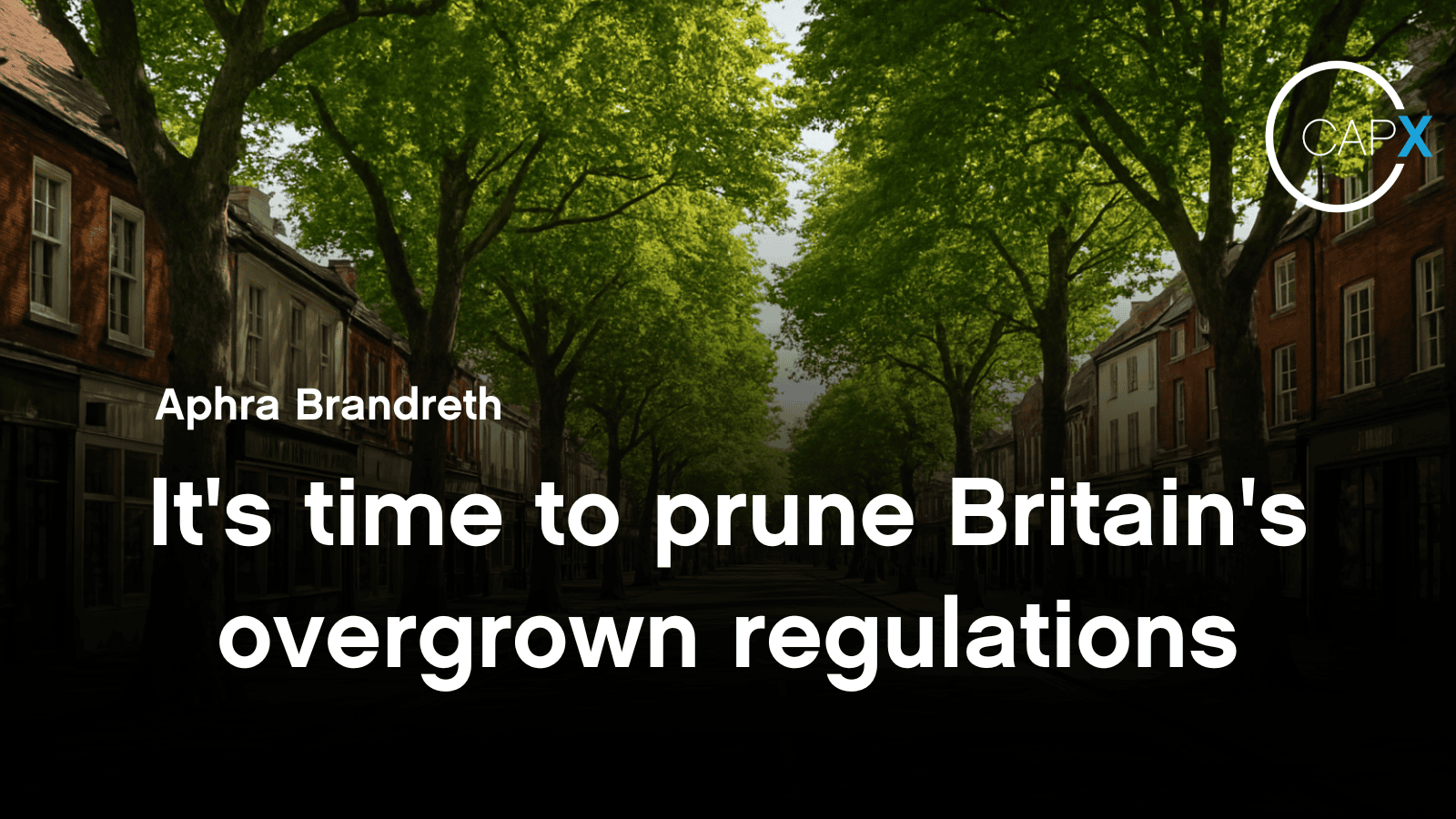Share
-
Red tape is preventing more trees from beautifying our streets
-
High fees, buffer zones and insurance costs are blocking planting in otherwise ideal locations
-
We should give local councils the green light to green their streets
I love trees. They are not just an environmental asset that sequester carbon – they are pillars of beauty and biodiversity. In our towns and cities, a row of trees can transform a dull road into a leafy avenue that becomes beloved by those who walk, cycle or drive down it.
For all of these reasons and so many more, we should make it easier to line our streets with trees.
Despite widespread support for making our towns and our countryside greener, rules designed to protect our roads and infrastructure are being misinterpreted, now acting as overbearing red tape that blocks sensible tree planting. In theory, local residents and councils can already plant trees along highways. In practice, however, they’re often met with bureaucratic and financial hurdles that make this nearly impossible.
Take Windsor and Maidenhead, where individuals must pay between £500 and £1,000 in administrative fees and secure £10 million in public liability insurance just to plant a tree. Or Hampshire, where an excessively strict one-metre buffer zone around underground utilities has ruled out planting in many otherwise ideal locations, despite minimal risk to those services.
While existing rules rightly ensure that roads remain safe and unobstructed, certain provisions have been applied in an overly cautious and, at times, counterproductive manner. This has left local councils hesitant, even when communities are eager to plant and care for trees. It is time we changed that.
That is why I tabled an amendment to the Government’s Planning and Infrastructure Bill, to cut through the red tape and misconceptions in existing legislation, particularly the Highways Act 1980.
The modest but meaningful change I proposed would provide clarity to local authorities navigating these rules, giving communities the green light to green their streets. Of course, safety and practicality must still be paramount. Not every road is suitable for tree planting. Though, where space and conditions allow, trees can actually enhance road safety. Research has shown that tree-lined streets appear narrower to drivers, which naturally encourages more cautious driving.
The change I propose is not about planting recklessly or without consideration. It’s about trusting local authorities and communities to make good decisions, backed by clear and supportive national guidance. It’s about removing needless barriers and replacing them with opportunity. Let’s give local councils the tools and confidence to act. Let’s stop treating every roadside tree as a potential liability and start seeing them as the invaluable assets they are.
Despite gaining support from other MPs from across the House, it has yet to be adopted by the Government. With the Planning and Infrastructure Bill now in the Lords, I hope their lordships recognise how small tweaks to the Highways Act can deliver mighty change to roadsides across the country.
The presence of street trees improves our daily lives, bringing biodiversity to our communities and colour to our high streets, enabling residents to access nature more easily.
By making the changes I propose, we can empower communities to plant the right trees in the right places, and start reaping the many rewards that come from greening our public spaces.
– the best pieces from CapX and across the web.
CapX depends on the generosity of its readers. If you value what we do, please consider making a donation.
Columns are the author’s own opinion and do not necessarily reflect the views of CapX.
